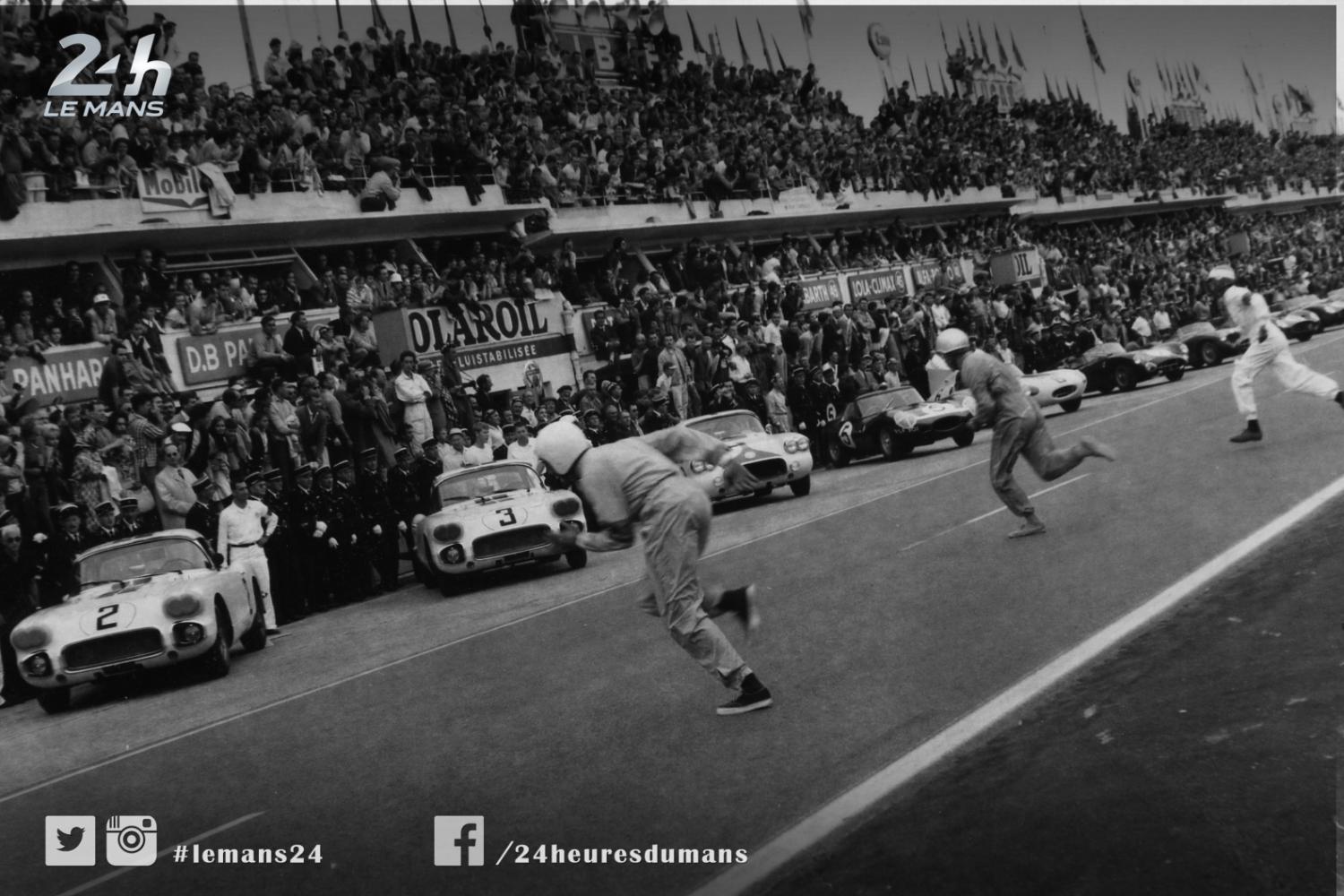Cunningham was born with a silver spoon in his mouth in 1907 (his father was founder of the Citizen’s National Bank and the Pennsylvania Railroad) and he could simply have enjoyed the leisurely life of the rich and famous... especially after marrying the granddaughter of Standard Oil Company founder John D. Rockerfeller and receiving in his own inheritance at the age of 40. But that was not the charasmatic Cunnignham’s style. Quite the contrary! He loved a challenge and was always keen to push the boundaries.
America had long understood the role of Le Mans in the rise of motorsport, following Jimmy Murphy’s win with his Duesenberg at the ACF 1921 Grand Prix, followed by the – unsuccessful – entries of Chrysler, Stutz and Du Pont in the early days of the 24 Hours. Yet it was only when Briggs Cunningham got involved in 1950 that the American flag began to fly high in La Sarthe.
Encouraged by his uncle, Cunningham started racing in the 1930s and founded the Sports Car Club of America (SCCA). At the same time, he set up the New York Yacht Club and entered his own boat, Columbia (a 12-metre yacht) in the America’s Cup, which he won in 1958. He even invented a sail adjustment system that bears his name. The range of accolades bestowed on Cunningham – from the cover of Time magazine (1954) to induction in the America’s Cup Hall of Fame (1993), the Motorsports Hall of Fame (1997) and the ’International Motorsports Hall of Fame (2003) – naturally reflects his array of talents.
When it came to cars, Cunningham was renowned for mixing chassis and engines: he combined a Cadillac chassis with a Ford engine to come up wtih the ‘Fordillac’, a hybrid before its time, rejected by the Automobile Club de l’Ouest. When he first took part in the 24 Hours in 1950, he entered two Cadillac-based cars, one with its body rebuilt by an aircraft company as what can only be described as an ‘aerodynamic tank’ (dubbed the Le Monstre), and one a stock Series 61 coupé, called Petit Pataud (or ‘Clumsy Pup’). The latter finished ninth, ahead of its sister car. This first entry was also significant in terms of safety, with Cunningham’s American pilots transfering the seat belts from their planes to the cars.
Cunningham designed his own cars and fitted them with Chrysler engines. There was the C2-R in 1951, with a radio link between car and garage, followed by the C4-R in 1952, including the fantastic K coupé which later inspired the Cobra, then the C5-R, known as ‘the shark’ (1953). In 1954, Cunningham entered a Ferrari to which well-known racing car preparer Alfred Momo fitted brakes cooled with a glycol-based fluid. That year was the American billionaire’s most successful at Le Mans, his cars finishing third and fifth. The following year, he built a C6-R with a Offenhauser engine and entered it along with a Jaguar D-Type, but was unable to better his results. Those cars were the last that Cunningham built at West Palm Beach.
Cunningham’s famous white and blue-striped cars only returned to Le Mans in 1960 when he fielded three Chevrolet Corvettes. Unfortunately they failed to overcome the seven Ferrari GTs. He also significantly entered a Jaguar E2A, a precursor to the E Type. In 1961, three Maseratis sported Cunningham’s colours. Two made it to the finish, one in P4 (Tipo 63) and the other, driven by Cunningham himself, P8. In 1962, Cunningham fielded two Maserati Tipo 151s and a Jaguar E-Type, in which the boss again finished fourth. He came back in 1963 with three Jaguar E-Types. On what would be the intreprid entrepreneur’s final Le Mans appearance, he finished ninth in the only one of his cars to cross the line.
Briggs Cunningham passed away on 2 July 2003. Five years earlier, another American – and another multimillionaire – made his own huge contribution to endurance racing as we know it today. Find our more in the next instalment of this series.
Read the rest of the series here:
The 24 Hours of Le Mans and America (1) - From La Sarthe to Texas
The 24 Hours of Le Mans and America (2) - Three Texans at Le Mans
The 24 Hours of Le Mans and America (3) - Phil Hill, the pioneer at Le Mans
Photo (Copyright ACO Archives): The line-up for the start has been based on practice times since 1963. Before that, the 24 Hours of Le Mans starting grid was decided in decreasing order of the cars’ cylinder capacity. Hence in 1960, Briggs Cunningham’s Corvettes (#1, 2 and 3) held the first three places.

